
Publication date: April 9, 2024
NetGalley Description
Inspired by real accounts of the Forgotten Blitz bombings, The British Booksellers highlights the courage of those whose lives were forever changed by war—and the stories that bind us in the fight for what matters most.
A tenant farmer’s son had no business daring to dream of a future with an earl’s daughter, but that couldn’t keep Amos Darby from his secret friendship with Charlotte Terrington…until the reality of the Great War sobered youthful dreams. Now decades later, he bears the brutal scars of battles fought in the trenches and their futures that were stolen away. His return home doesn’t come with tender reunions, but with the hollow fulfillment of opening a bookshop on his own and retreating as a recluse within its walls.
When the future Earl of Harcourt chose Charlotte to be his wife, she knew she was destined for a loveless match. Though her heart had chosen another long ago, she pledges her future even as her husband goes to war. Twenty-five years later, Charlotte remains a war widow who divides her days between her late husband’s declining estate and operating a quaint Coventry bookshop—Eden Books, lovingly named after her grown daughter. And Amos is nothing more than the rival bookseller across the lane.
As war with Hitler looms, Eden is determined to preserve her father’s legacy. So when an American solicitor arrives threatening a lawsuit that could destroy everything they’ve worked so hard to preserve, mother and daughter prepare to fight back. But with devastation wrought by the Luftwaffe’s local blitz terrorizing the skies, battling bookshops—and lost loves, Amos and Charlotte—must put aside their differences and fight together to help Coventry survive.
From deep in the trenches of the Great War to the storied English countryside and the devastating Coventry Blitz of World War II, The British Booksellers explores the unbreakable bonds that unite us through love, loss, and the enduring solace that can be found between the pages of a book.
Review from Coffee&Ink
Amidst the bombing raids in Coventry during WWII, secrets long buried are beginning to emerge from the rubble. It starts with a cello and a deep and abiding love of books and ends with a romance not meant to be before the outbreak of WWI.
The story is told in different points of view and timelines, effectively moving back and forth between the wars. Lady Charlotte loves the music of the cello, but it’s not a very ladylike instrument, and her path is already laid out for her. She shares a love of books with Amos, who works on her family’s estate, and they daydream about owning a bookshop together one day.
In the story’s present, there are two bookstores across the street from one another. The young shopkeepers are fiercely loyal to Lady Charlotte and want to protect her from the dastardly bookseller across the road. Scarred and grumpy Amos is about to close his shop for the night when a stranger walks in. His presence stirs the pot and everything changes—as the bombs fall around them, the past catches up with the present.
Highly recommended emotional historical fiction, so well researched reading feels like inhabiting the place and time.
Thank you NetGalley and AustenProse for a copy of this book to read and review.





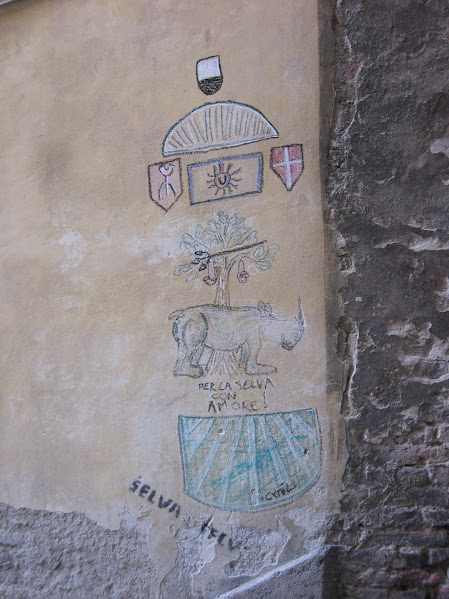
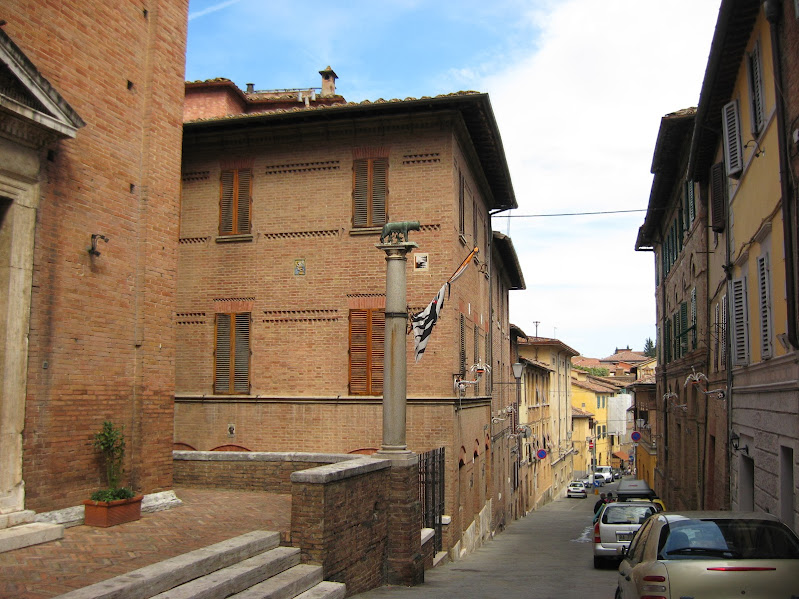
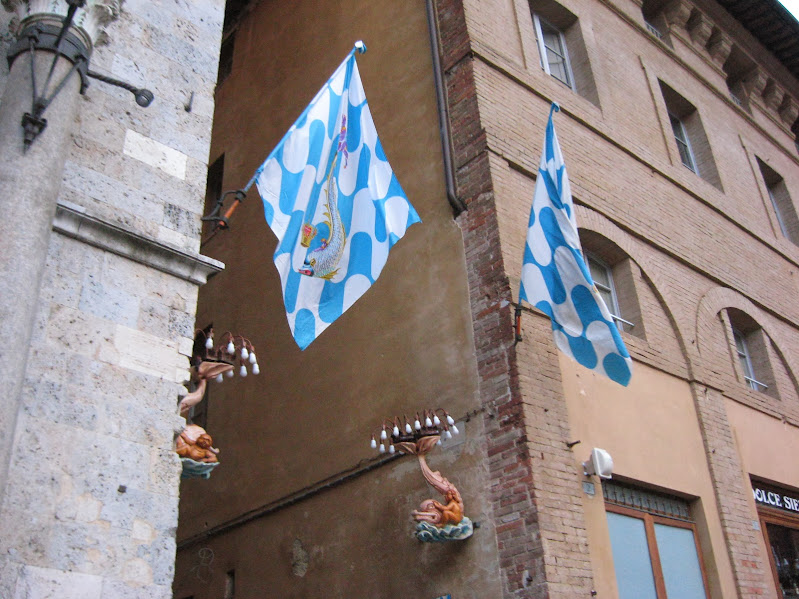



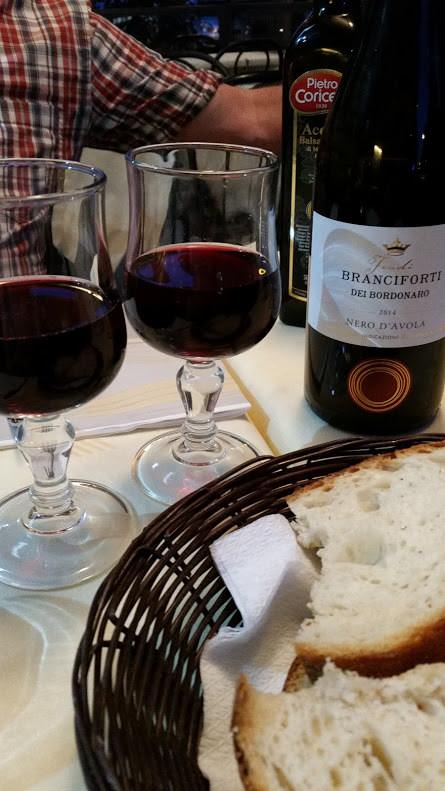

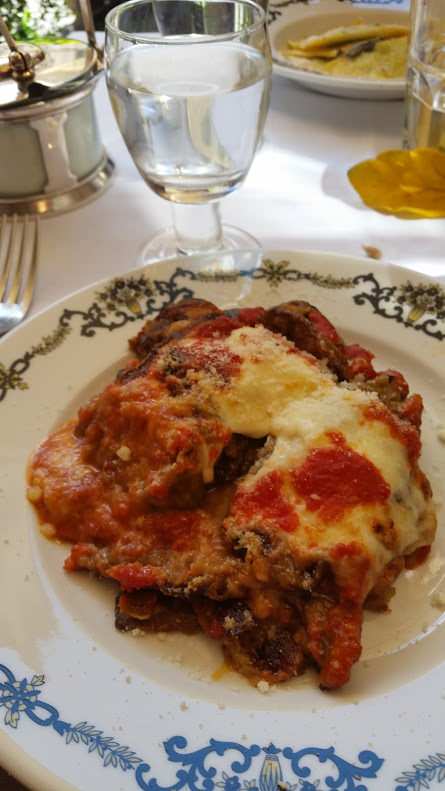



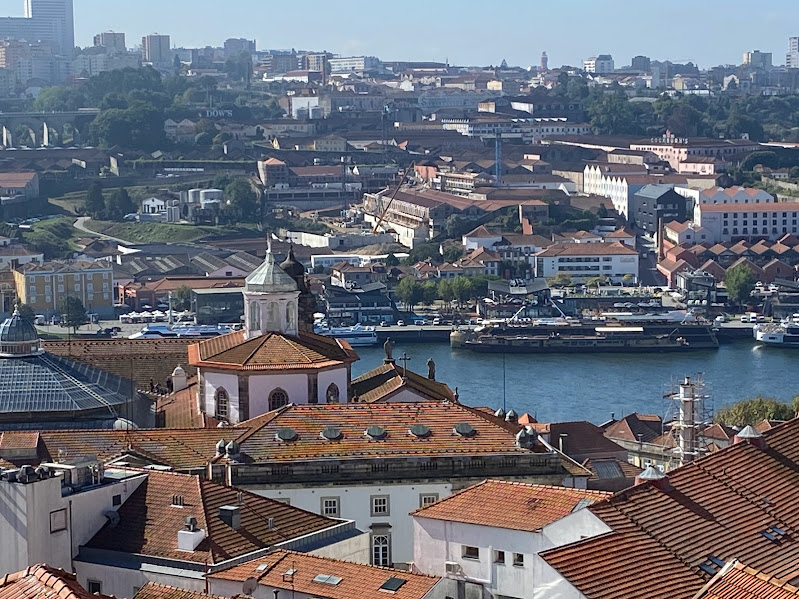
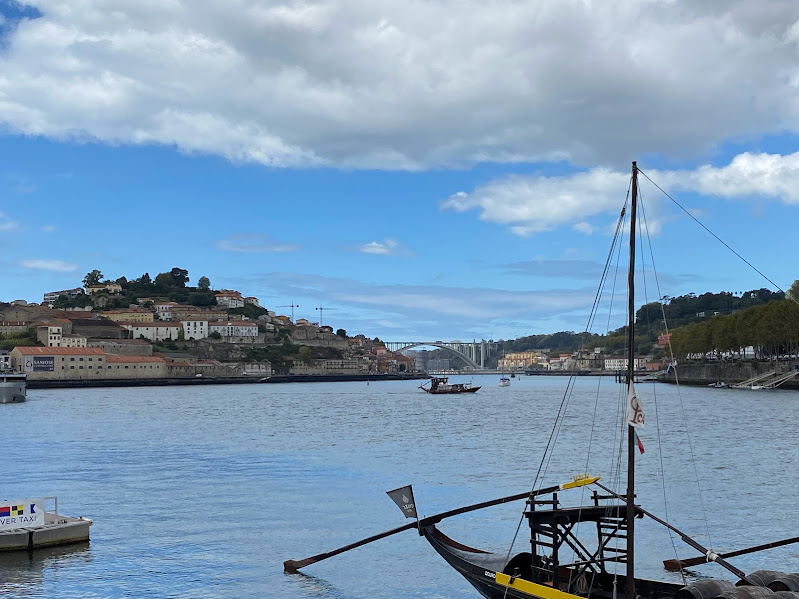
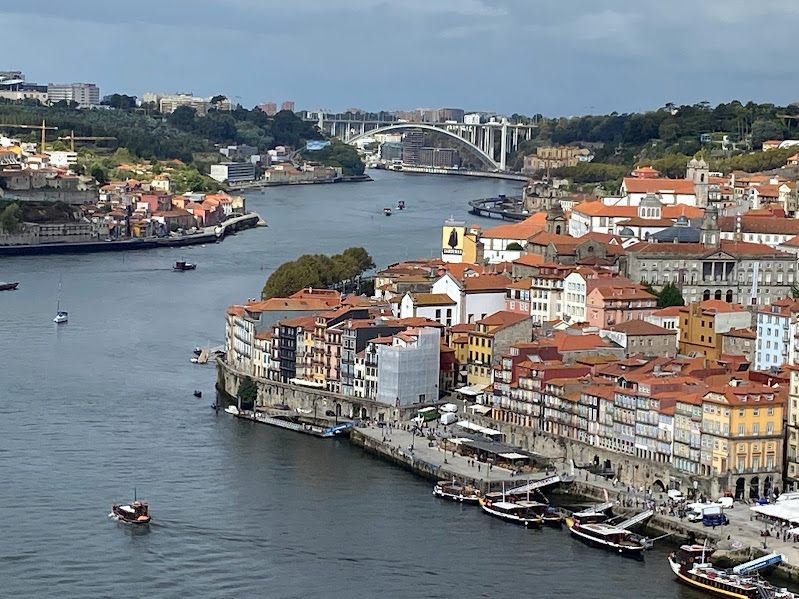
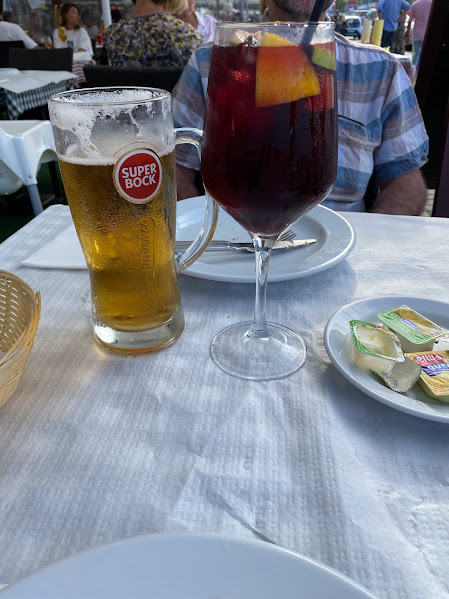

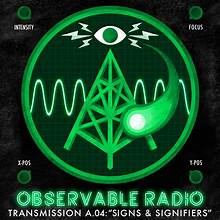




You must be logged in to post a comment.